What Are Crocus Offsets: How To Dig Up Crocus Bulbs For Propagation
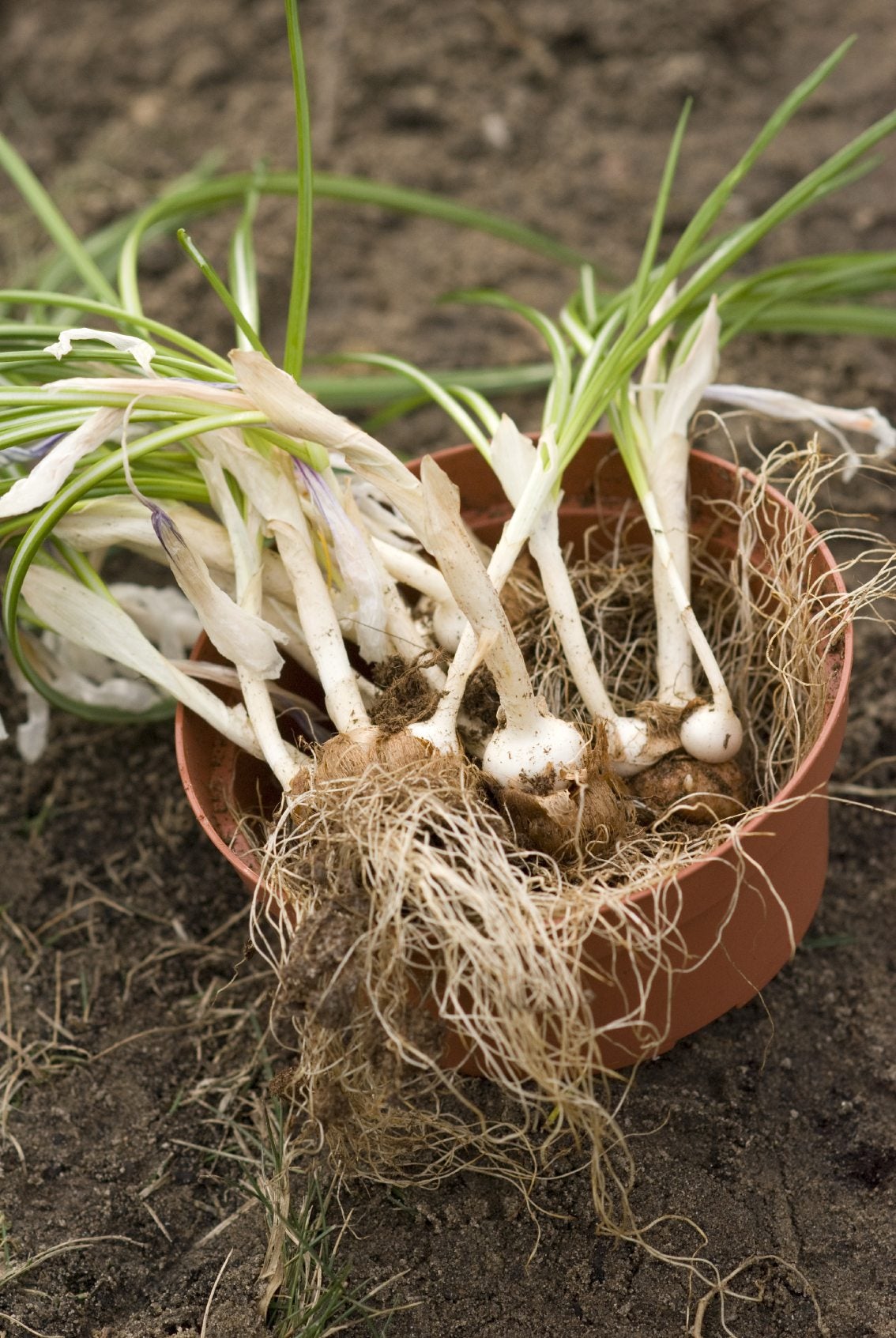
Crocuses are some of the first flowers to poke their heads through the soil in early spring, sometimes popping up even through snow. Propagating crocus bulbs from division is a simple and easy method of multiplying these enchanting flowers.
Information About Crocus Bulbs
Crocus flowers appear from March to April in a wide range of colors, from white to yellow and shades of purple, with solid and striped varieties. The bulbs grow best in well-drained, sandy loam but tolerate many soil types. They prefer a sunny location but will tolerate partial shade. The flowers will not open in full shade.
Tips for Propagating Crocus Bulbs
Crocus bulbs must be dug up for division when they have gone dormant after the first frost in the fall. When you dig up crocus bulbs for propagation, be sure to dig far enough out so that you do not cut into the bulbs, and deep enough so that you can gently lift them out of the ground. Once lifted, you can gently separate the offsets for replanting elsewhere. So, what are crocus offsets? Crocus offsets are new bulbs that form around the original bulb. The mother bulb creates offsets from buds within the base. Crocus bulbs also develop tiny seed bulbs, called bulbils, which develop underground.
How to Propagate Crocus Flowers from Bulb Divisions
Crocus bulbs will produce smaller flowers if they are crowded and should be divided every five years. The following steps will help with propagating crocus bulbs after digging and separating them:
- Sort the bulbs by size and color to make your garden design easier. Keep in mind that small offshoot bulbils may take a year or more to produce flowers.
- Choose a location with plenty of sun. Turn the soil in the new site to a depth of 4 inches (10 cm.) and dig holes 3 to 4 inches (8-10 cm.) apart.
- Place bone meal or bulb fertilizer in the bottom of each hole.
- Place the offset or bulbils in the hole tip side up and 2 to 3 inches (5-8 cm.) deep. Smaller bulbils should be planted at the shallower depth.
- Water the planting area thoroughly and cover it with 3 inches (8 cm.) of organic mulch.
Protecting Your Crocus Bulbs from Pests
Newly planted crocus bulbs are a treat for squirrels, chipmunks, and other marauding pests. You can protect your bulbs by placing wire mesh over the area before laying your mulch to prevent animals from being able to dig up the bulbs.
Gardening tips, videos, info and more delivered right to your inbox!
Sign up for the Gardening Know How newsletter today and receive a free copy of our e-book "How to Grow Delicious Tomatoes".
-
 Looking For Plants To Give You The Soft And Fuzzies? Try These 5 Fuzzy Leaf Plant Options
Looking For Plants To Give You The Soft And Fuzzies? Try These 5 Fuzzy Leaf Plant OptionsLovers of texture, drama, silver foliage and tactile plants will adore these special sensory garden additions. These fuzzy leaf plant options will leave you all aglow
By Susan Albert
-
 Get Ready For A Summer Of Hummers! Grow These Full Sun Hummingbird Plants and Flowers
Get Ready For A Summer Of Hummers! Grow These Full Sun Hummingbird Plants and FlowersIf you’re lucky enough to enjoy a sunny backyard, make sure you are maxing out on your pollinator opportunities and grow these full sun hummingbird plants and flowers
By Tonya Barnett
-
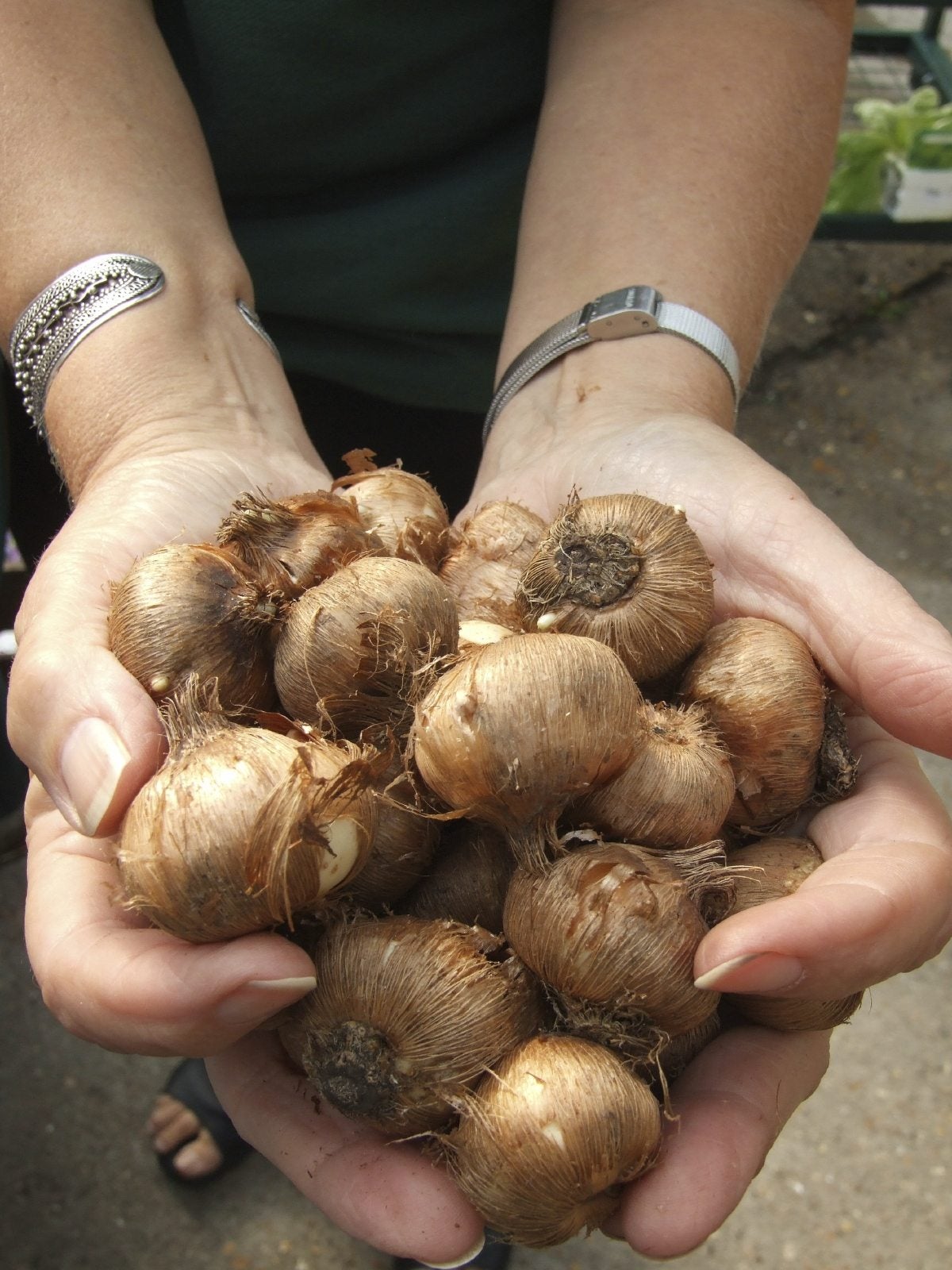 Crocus Bulb Storage: Learn How To Cure Crocus Bulbs
Crocus Bulb Storage: Learn How To Cure Crocus BulbsIf you choose to remove the bulbs until the next growing season, it is important to know when to dig up crocus bulbs. Learn how to cure crocus bulbs in the article that follows. Click here for more information.
By Bonnie L. Grant
-
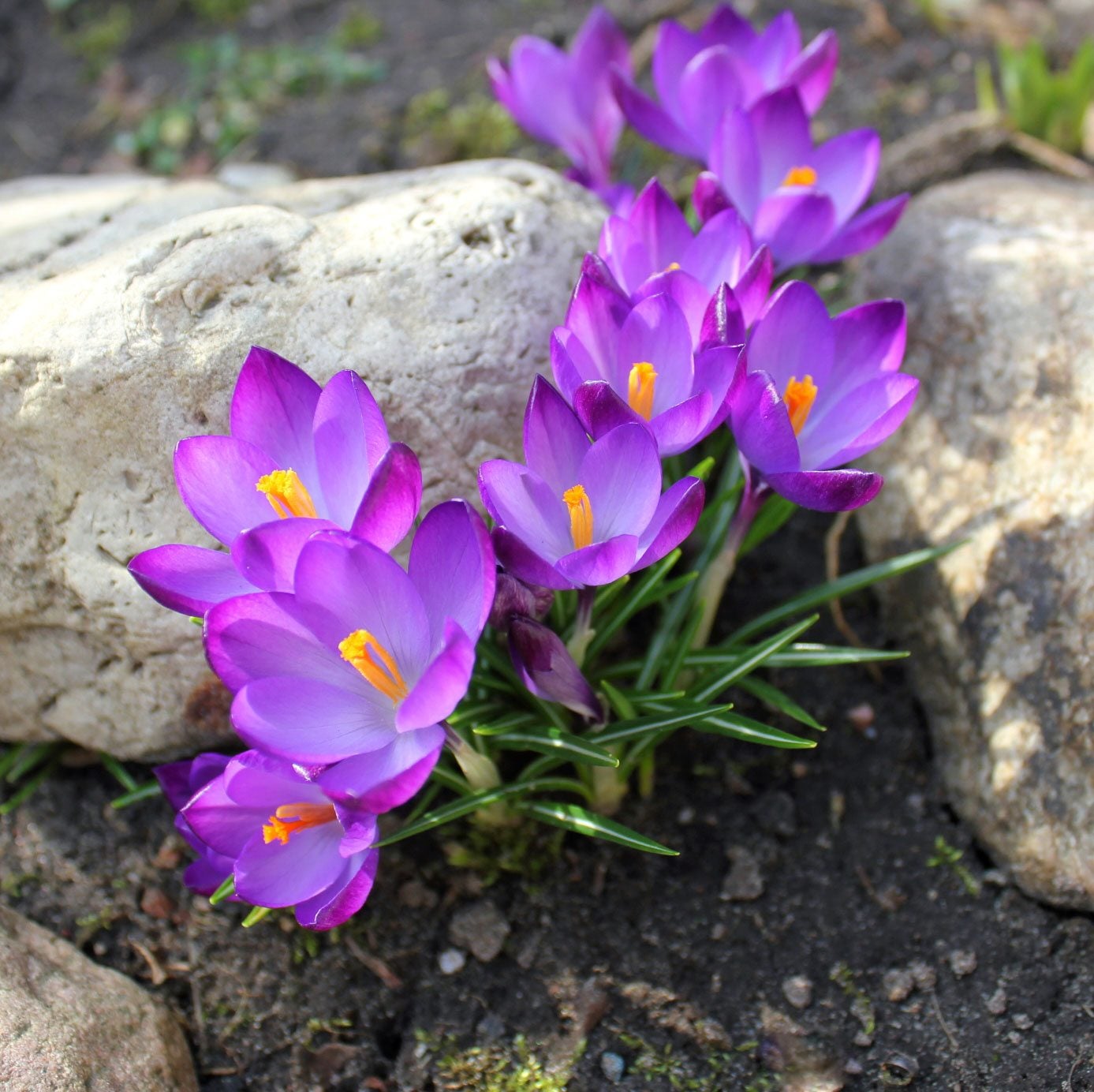 Crocus Planting Tips: Learn When To Plant Crocus Bulbs
Crocus Planting Tips: Learn When To Plant Crocus BulbsCrocuses are the first bright surprise in early spring. In order to get the cheery flowers, you have to plant some corms at the right time of the year. You need to know when to plant crocus. Read here for important crocus planting tips.
By Bonnie L. Grant
-
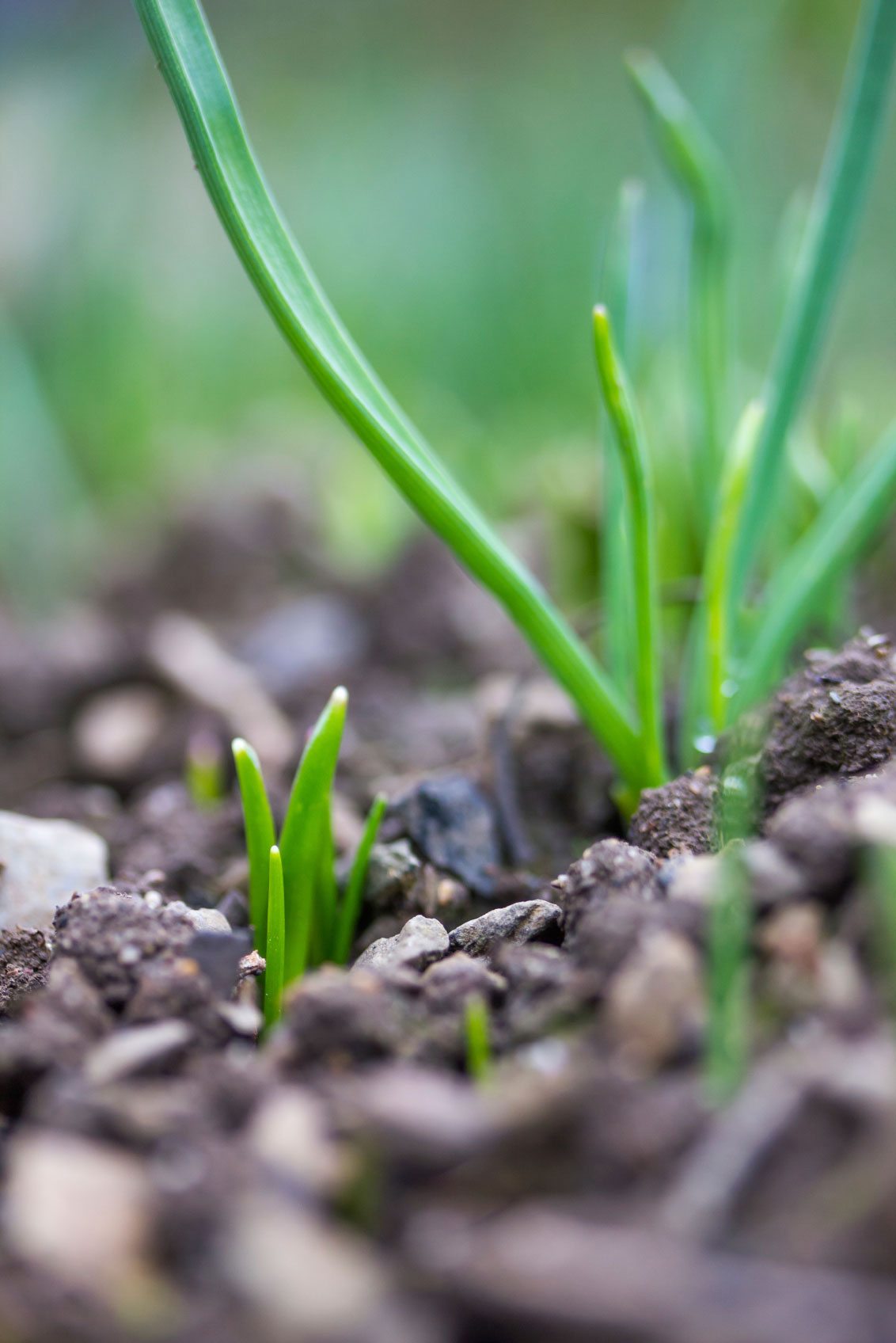 My Crocus Won't Flower: Reasons For A Crocus Not Blooming
My Crocus Won't Flower: Reasons For A Crocus Not BloomingYou did everything right. You planted the corms in fall, fluffed up the soil, and fertilized the root zone but there are no blooms on your crocus. There are several reasons for a crocus not blooming. Learn what they are in this article.
By Bonnie L. Grant
-
 Crocus In Lawns: Tips For Growing Crocus In The Yard
Crocus In Lawns: Tips For Growing Crocus In The YardEarly-spring crocus have much to offer and they needn't be restricted to the flower bed. Just imagine a lawn filled with these blooms. If you're thinking about growing crocus in the yard, there are several things to consider. This article will help.
By Mary H. Dyer
-
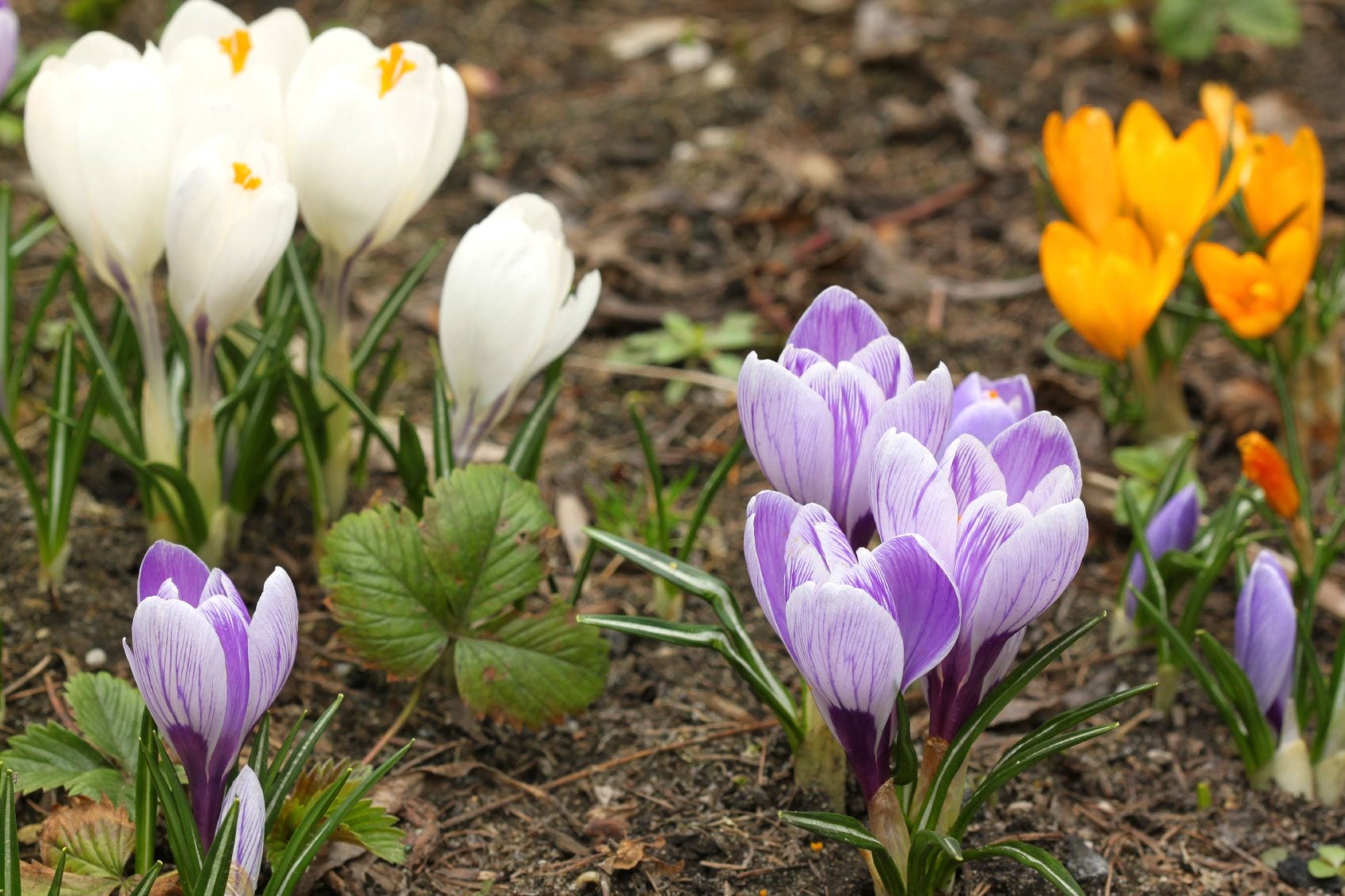 Common Crocus Species: Fall And Spring Blooming Crocus Plant Varieties
Common Crocus Species: Fall And Spring Blooming Crocus Plant VarietiesWe?re all familiar with spring crocus flowers, those dependable favorites that dot the ground with bright jewel tones. However, you can also plant less familiar, fall blooming crocus. Learn more about different types of crocus in this article.
By Mary H. Dyer
-
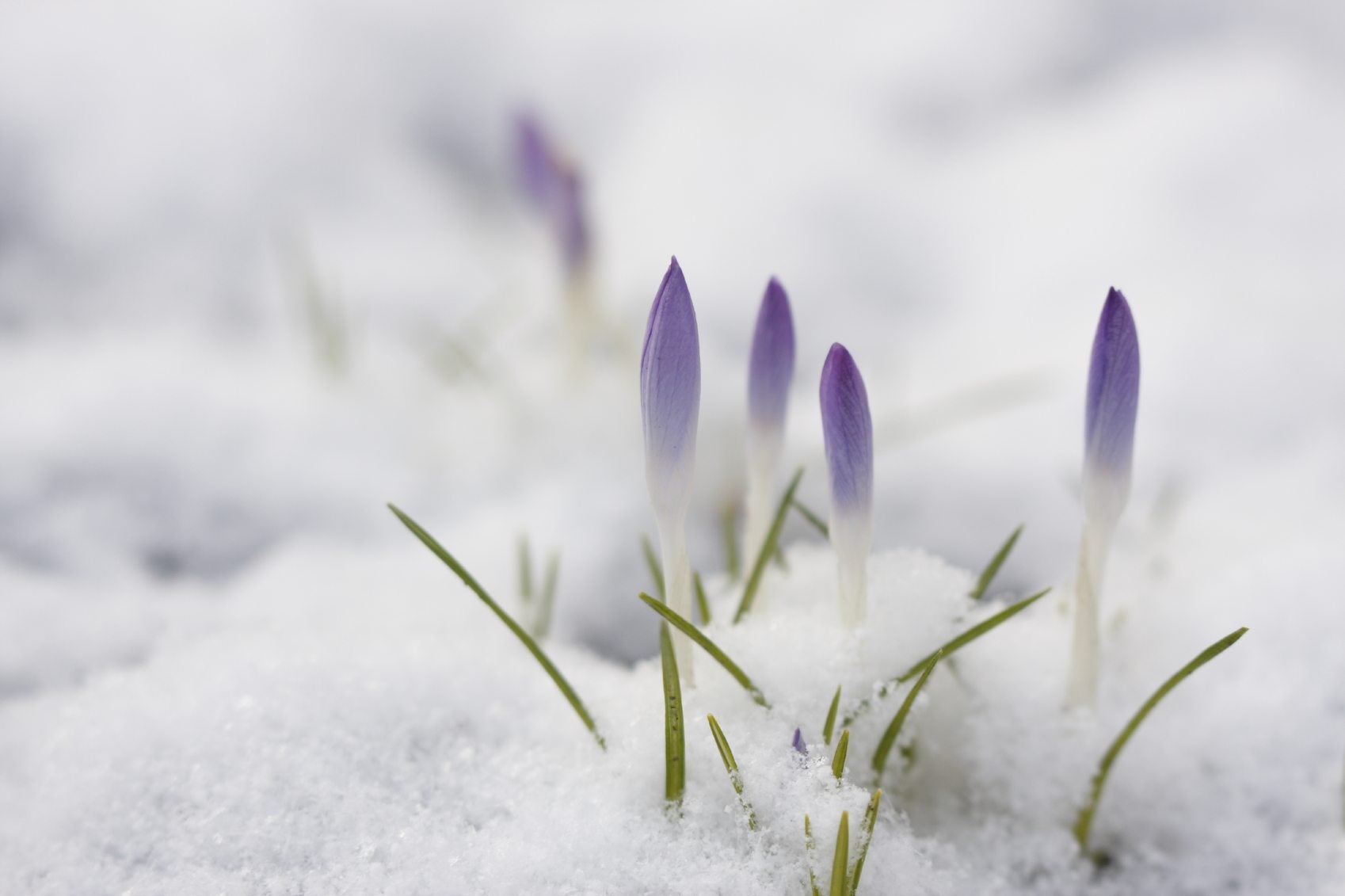 Crocus Winter Flowering: Learn About Crocus In Snow And Cold
Crocus Winter Flowering: Learn About Crocus In Snow And ColdCrocus winter flowering happens in temperate regions. It is not uncommon to see their white, yellow and purple heads surrounded by late snow. Will snow hurt crocus blooms? This article explains more about crocus cold hardiness.
By Bonnie L. Grant
-
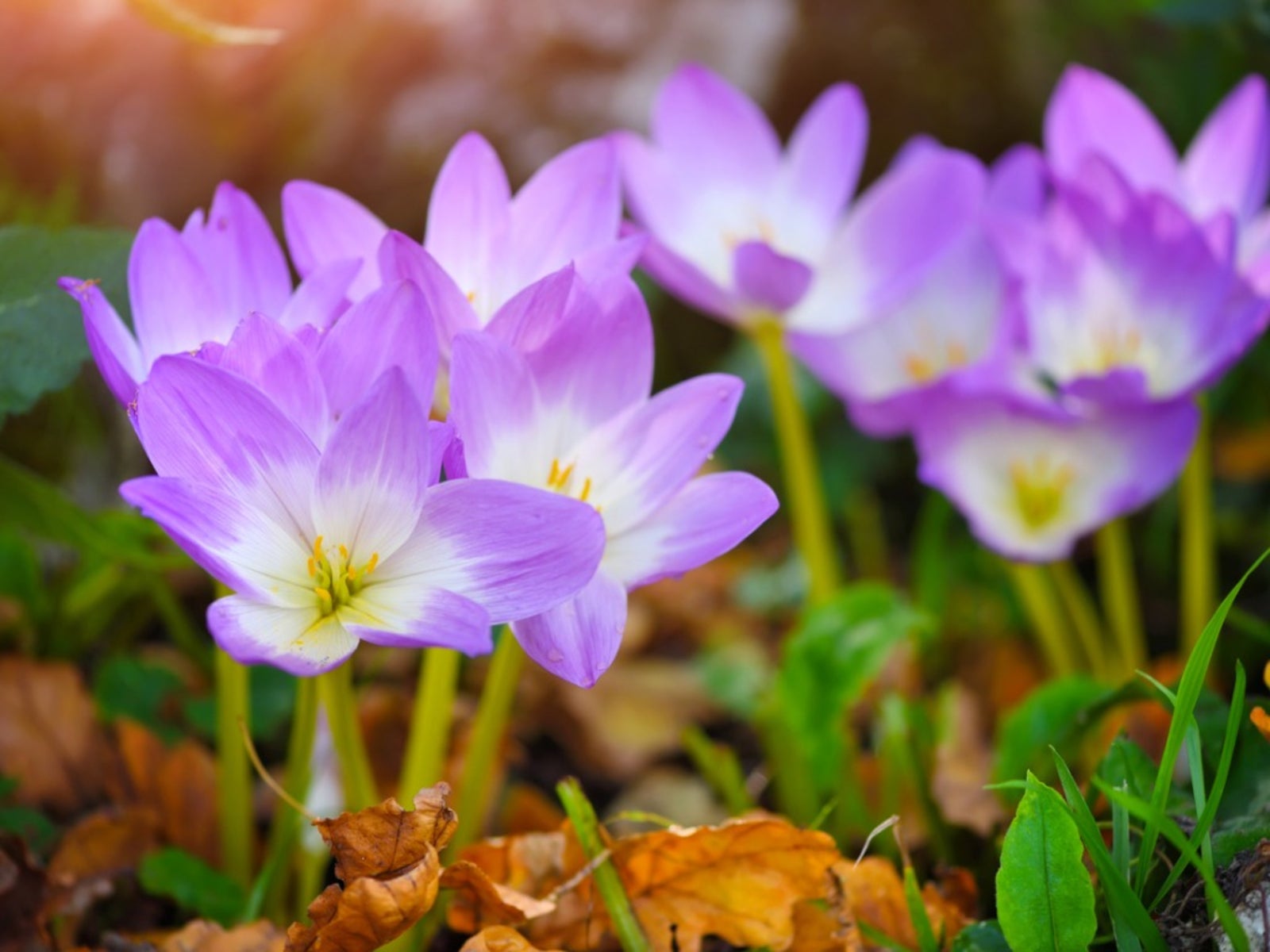 What Is Autumn Crocus: Growing Information And Care Of Autumn Crocus Plants
What Is Autumn Crocus: Growing Information And Care Of Autumn Crocus PlantsA charming addition to your fall flower bed, autumn crocus bulbs add unique color when much of the garden is getting ready for its long winter nap. Learn more about growing autumn crocus in this article.
By Amy Grant
-
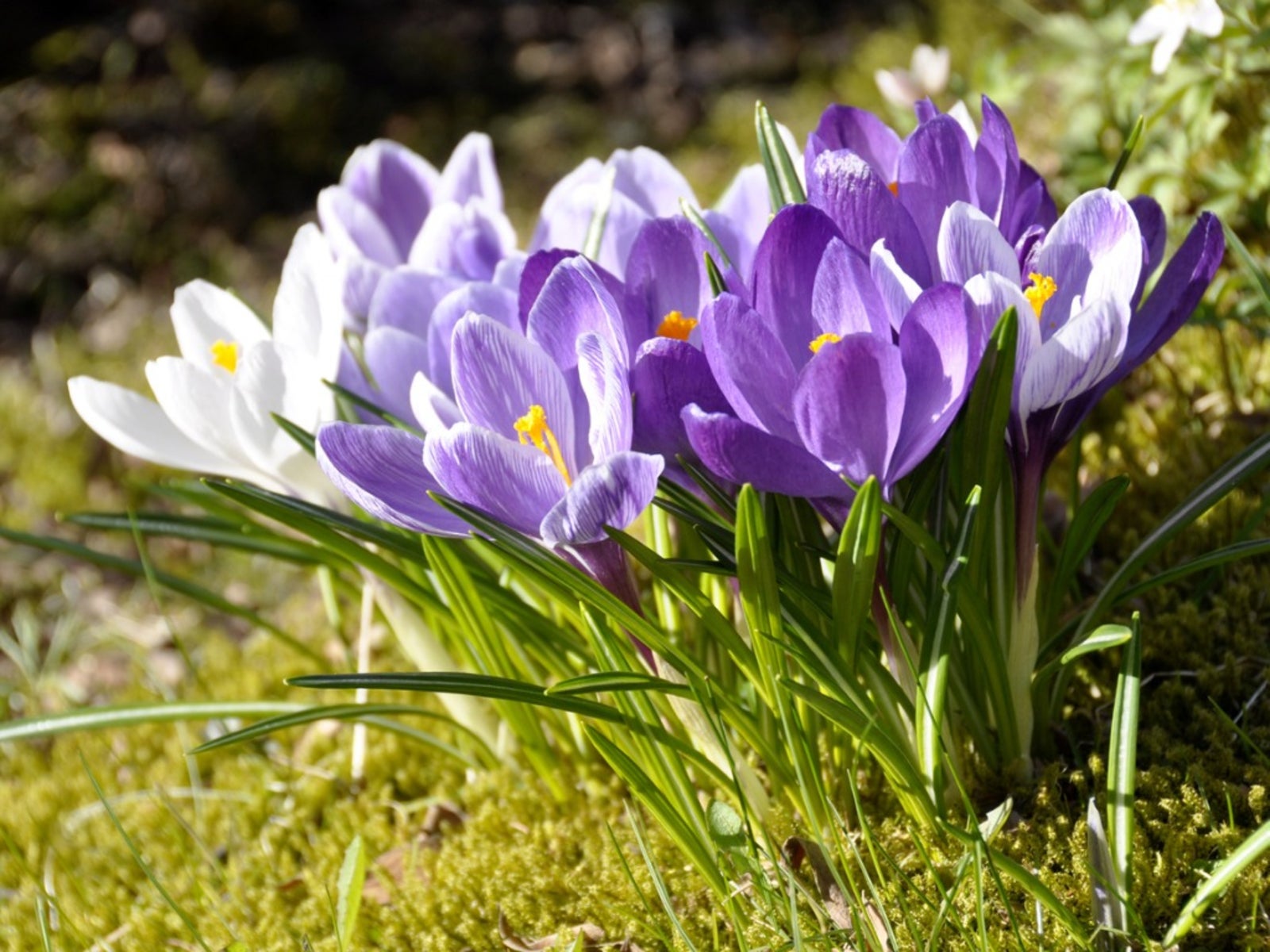 Tips For Growing Crocus In Your Garden
Tips For Growing Crocus In Your GardenOne of the first blooms to appear is the crocus, sometimes peeking up through a layer of snow with the promise of spring. Growing crocus in the home garden is easy, and this article can help.
By Bonnie L. Grant